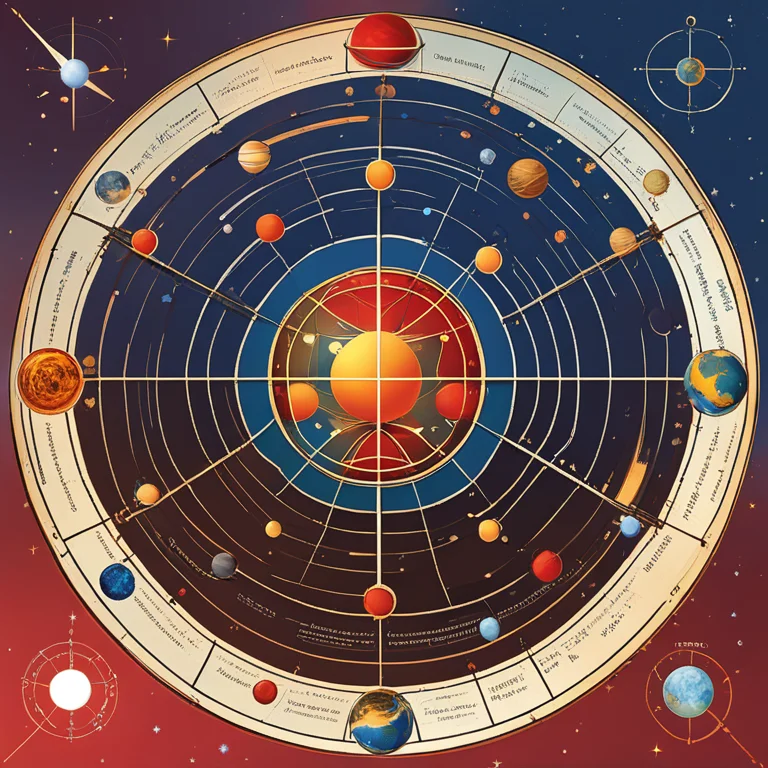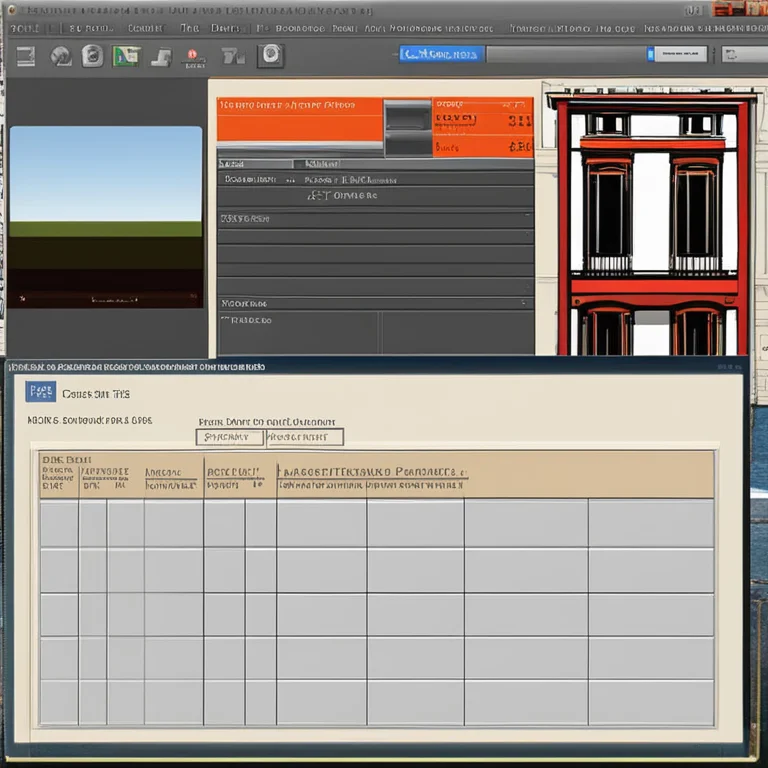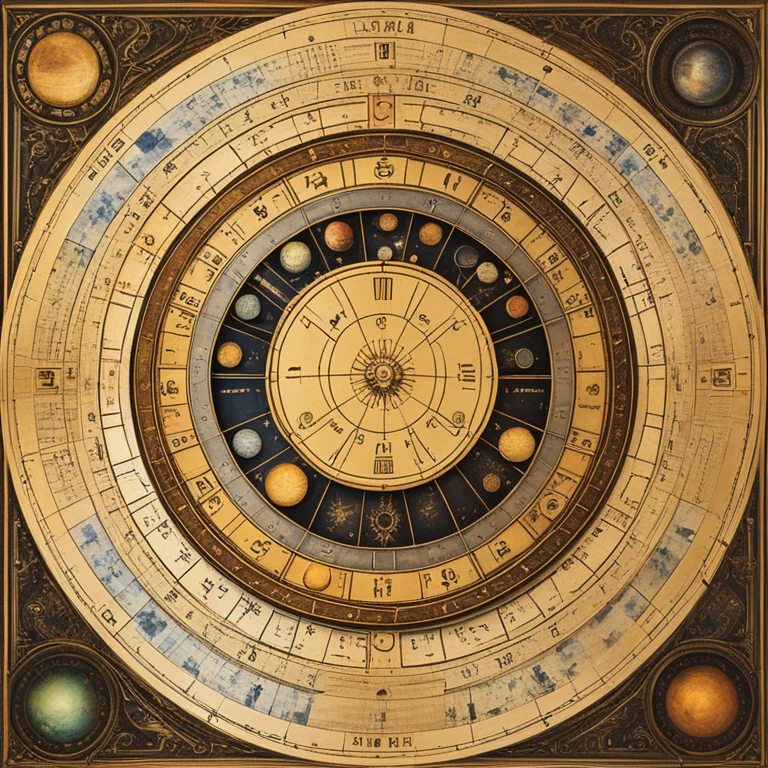
Unlocking The Zodiac Natal Chart: Celestial Blueprint
Delve into the cosmic insights of your personal zodiac natal chart, revealing the celestial influences at the moment of your birth.
article by Priya Deshmukh
Astrological Birthprint
A zodiac natal chart, also known as a birth chart, is a celestial snapshot of the sky at the exact moment you were born. It's a cosmic blueprint that outlines the positions of the planets, the Sun, and the Moon, each occupying a specific zodiac sign and house. This intricate diagram serves as an astrological map for an individual's personality traits, life paths, and potential experiences. Interpreting this chart provides profound insights into one's character, strengths, challenges, and the timing of significant life events.

Planetary Positions & Personal Traits
In astrology, every planet represents a facet of your life and personality. For instance, Mercury influences communication, while Mars dictates assertiveness and Venus shapes love and beauty. In your natal chart, the zodiac sign each planet occupies colors these aspects with its unique characteristics. A person with Mercury in Gemini might be a quick thinker and a skilled conversationalist, whereas Mercury in Scorpio may indicate a probing, investigative communicator.

Houses: The Framework of Life
There are twelve houses in a natal chart, each symbolizing a different part of life. The first house influences self-image, while the seventh house pertains to partnerships. The positioning of planets within these houses illuminates which areas of life are prominently active or pose certain challenges. If your natal Saturn falls in the sixth house, for example, discipline and responsibility in your work and health routines may be prominent themes in your life.

Aspects: Planetary Dialogues
Aspects are the angles planets form with one another in your natal chart, creating a complex web of interactions. Positive aspects like trines and sextiles suggest harmonious relationships and talents, whereas challenging aspects such as squares and oppositions may represent internal conflicts and external hurdles. A trine between the Sun and Moon in a natal chart can denote a balanced emotional life, while a square might point to tensions between one's identity and emotions.

Rising Sign: The Public Persona
Your rising sign, or ascendant, is the zodiac sign that was on the Eastern horizon at your birth, influencing your immediate reactions to new situations and the impression you make on others. It's often considered the 'mask' you wear when you meet people. If your rising sign is Leo, for instance, you may exhibit a confident, regal demeanor that commands attention, even if your Sun sign is the more reserved Virgo.
Current Transits & Future Trends
Astrologers also use natal charts to anticipate future trends by examining current planetary transits—the ongoing movements of planets now—and how they interact with the natal chart's original placements. Someone with a natal Venus in Aquarius might experience unique shifts in relationships when transiting Saturn enters Aquarius in 2024, highlighting themes of commitment and restructuring in their social interactions.
Your Unique Cosmic Profile
Ultimately, your zodiac natal chart is as unique as your fingerprint. By engaging with the natal chart's wisdom, you can unlock guidance tailored specifically to you. It sheds light on where your heartfelt passions lie, what type of career might fulfill you, and the nature of your relationships. Amidst the uncertainties in life’s journey, understanding your natal chart can be a comforting and empowering tool for self-discovery and personal growth.
Published: 1/9/2024
Modified: 1/10/2024
More predictions
Come back here soon to learn more about yourself and your future


The Fluidity Of Astrological Forecasts
Examining the fluidity of astrological forecasts and the potential for personal agency to change our cosmic paths.


Can Astrology Predictions Be Altered?
Explore whether the predictions of astrology have the flexibility to change and if individuals can influence their astrological destinies.


The Ancient Origins of Astrology
An insightful journey into the ancient beginnings and origins of astrology as a cultural and astrological practice.